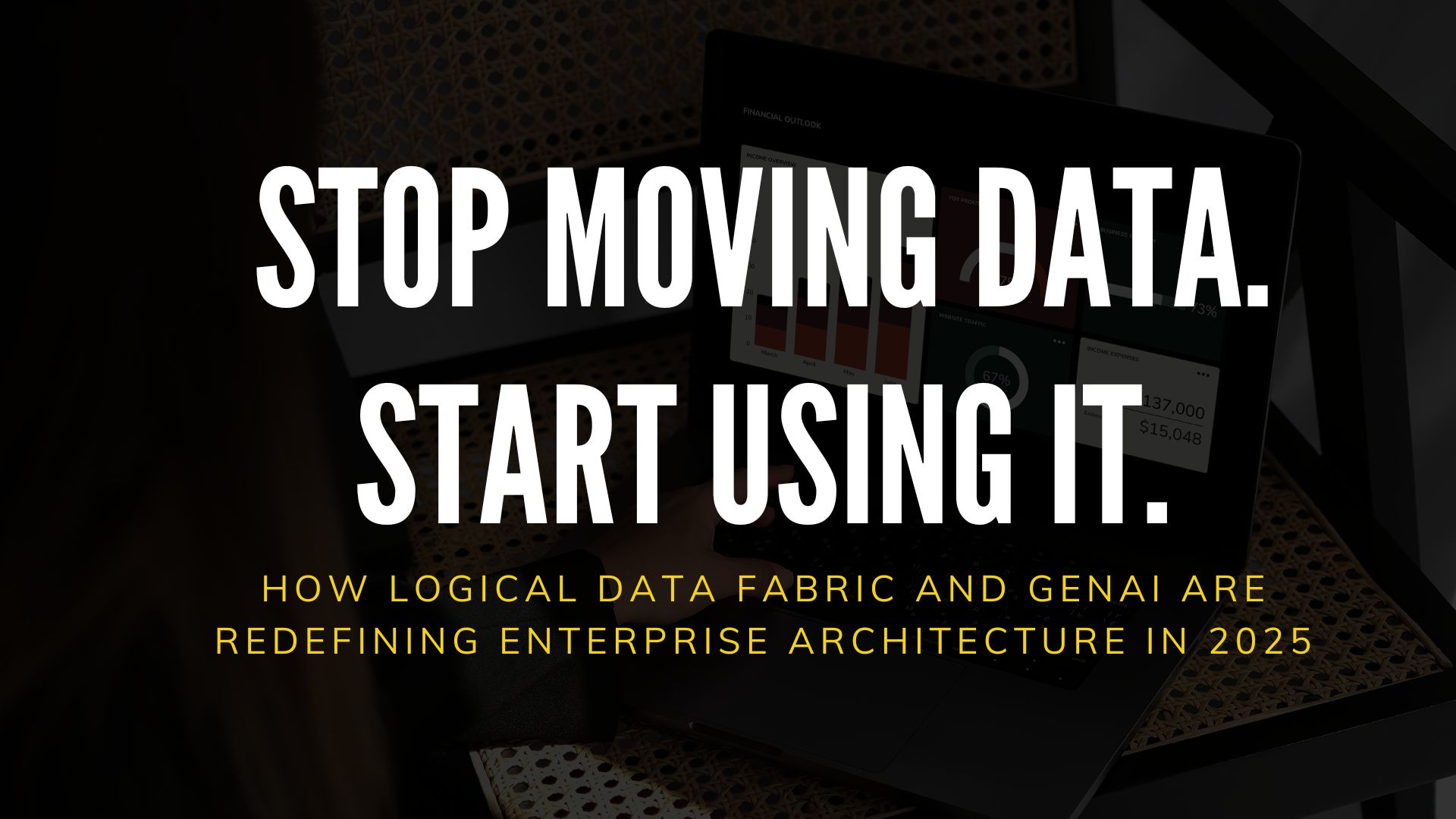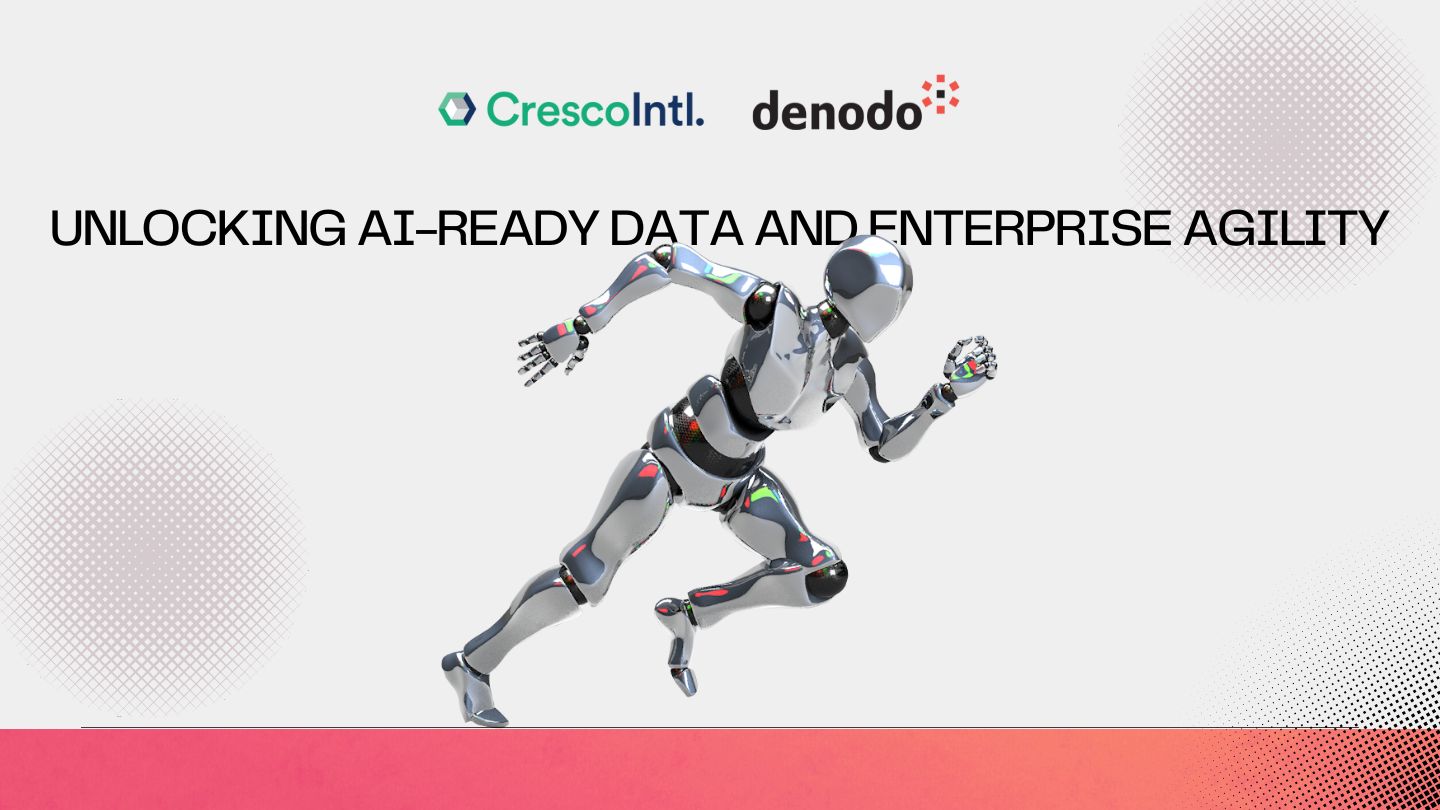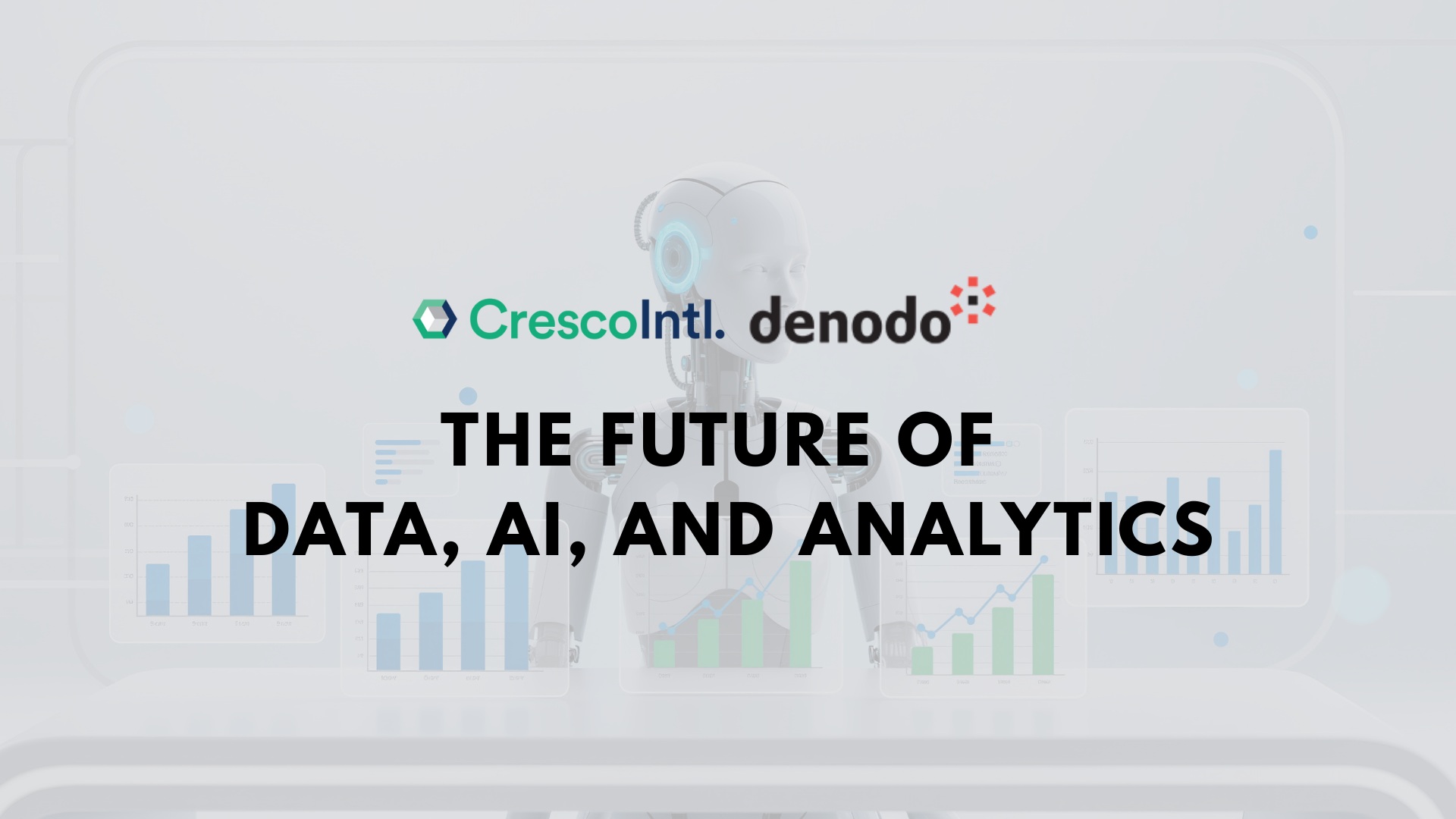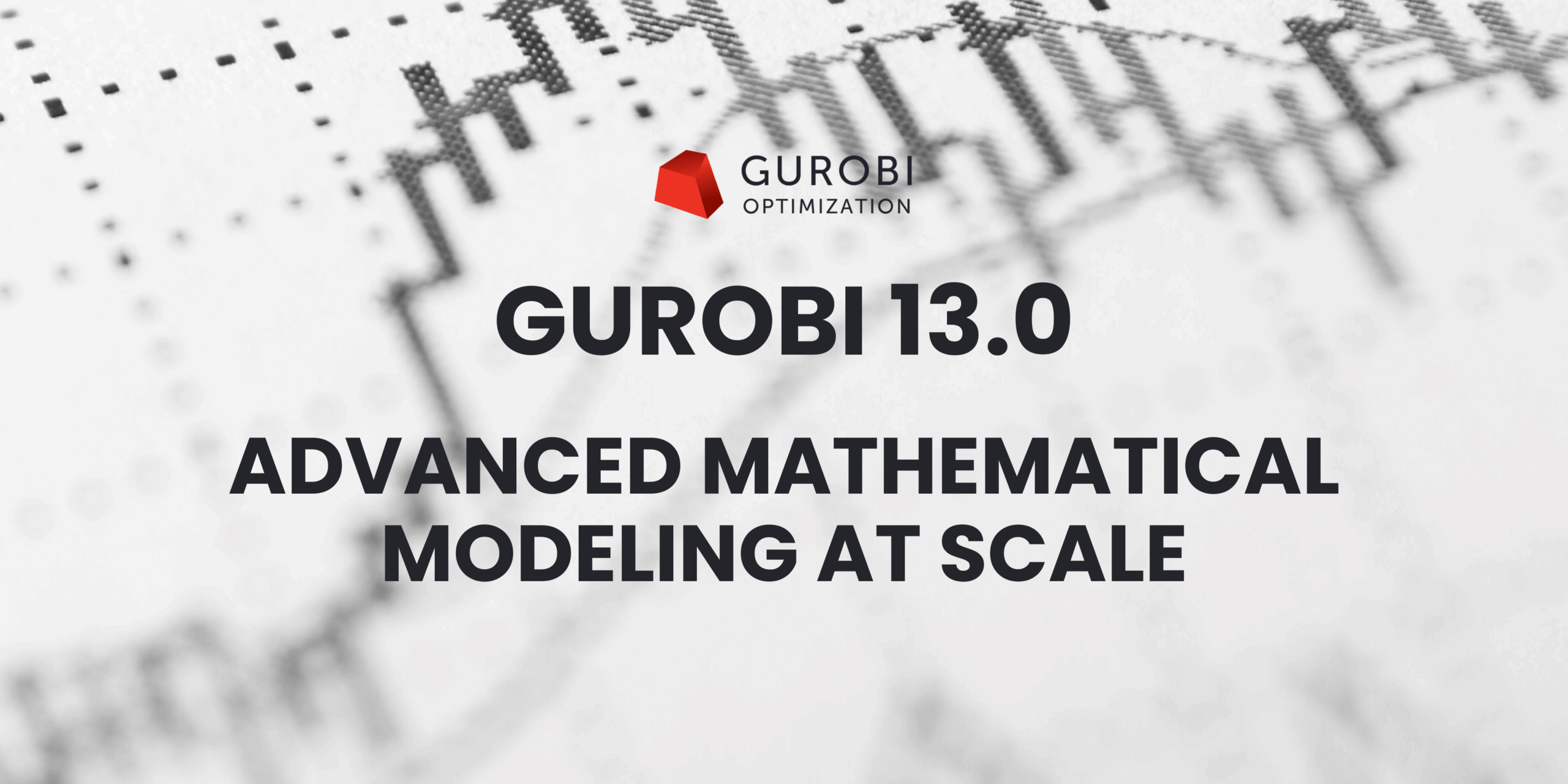Big Data and analytics may be a fresh word to some industries, but the oil and gas industry has long dealt with large quantities of data to make technical decisions. With the rise of pervasive computing devices as well as new analytic tools and advanced storage capabilities, companies can capture more detailed data in real time at lower costs and from previous inaccessible areas, to improve their performance. Information and data are now going through a big expansion, which makes predictive analysis more and more important to the oil and gas industry.
The upstream process of the oil and gas industry is exploration, development and production of crude oil or natural gas. For upstream, predictive analysis helps companies in asset maintenance improvement, exploration optimization, production optimization, risk assessment and drilling optimization. For example, based on geographic features data, equipment information and operation team information, a model target at high drilling production, can be built. Based on this model, companies can easily identify which team with what kind of equipment can yield the highest work efficiency under specific geographic conditions.
The midstream is the pipeline, marine, service and supply portion. Where predictive analysis can enhance transportation optimization, pipeline risk assessment and storage optimization. Also, predictive analytics can improve demand optimization, trade optimization, price optimization, market analysis, and marketing effectiveness if the downstream contains refining of petroleum crude oil, processing and purifying of raw natural gas, marketing and distribution of products from refiners to oil tankers, trailers and consumers.
The predictive analytics process usually contains 6 parts: Define Business needs, Data collection, Data analysis, Statistics, modeling and deployment. All of these steps can easily be performed in IBM SPSS Modeler. Through highly visualized analysis, companies can easily locate the problem through graphic function and descriptive analysis. After the company sets up the business target, through regression, classification and clustering models in IBM SPSS, companies can easily determine business needs. All of these complex statistic processes can now be easily performed by anyone without years of training.
Thanks to the power of SPSS, these key predictive findings are very impressive.
For more information about SPSS and the power of Predictive Analytics, contact Cresco at info@crescointl.com.












